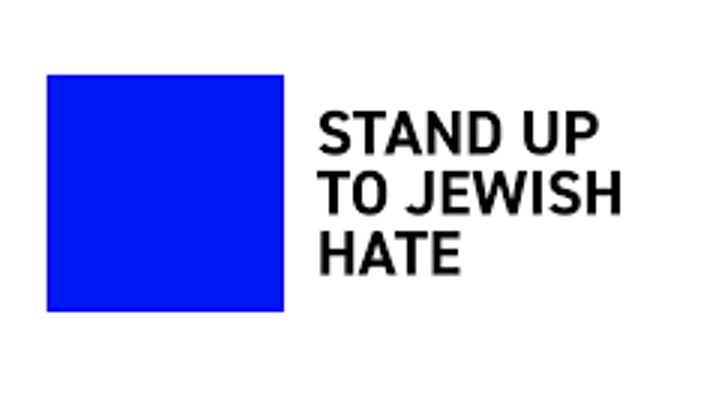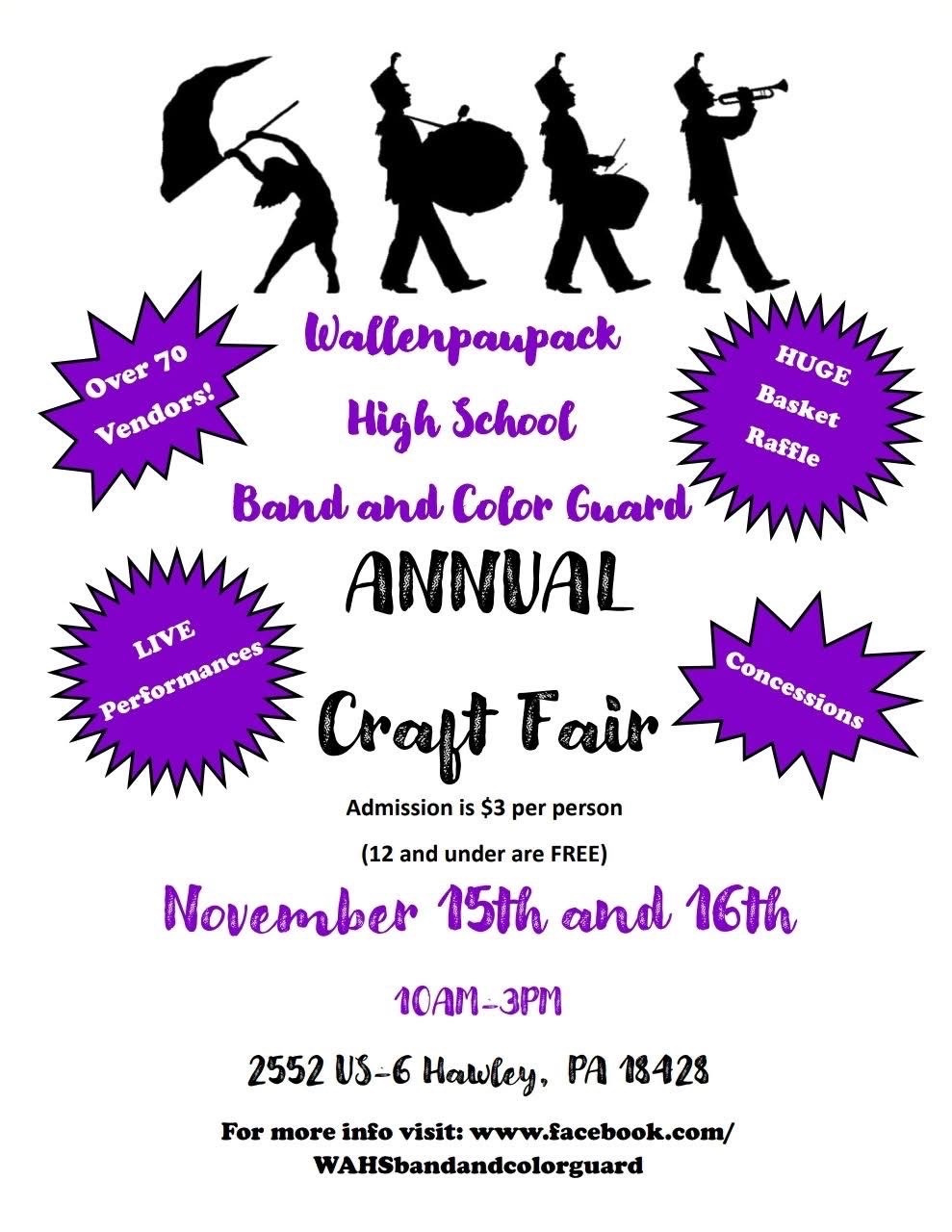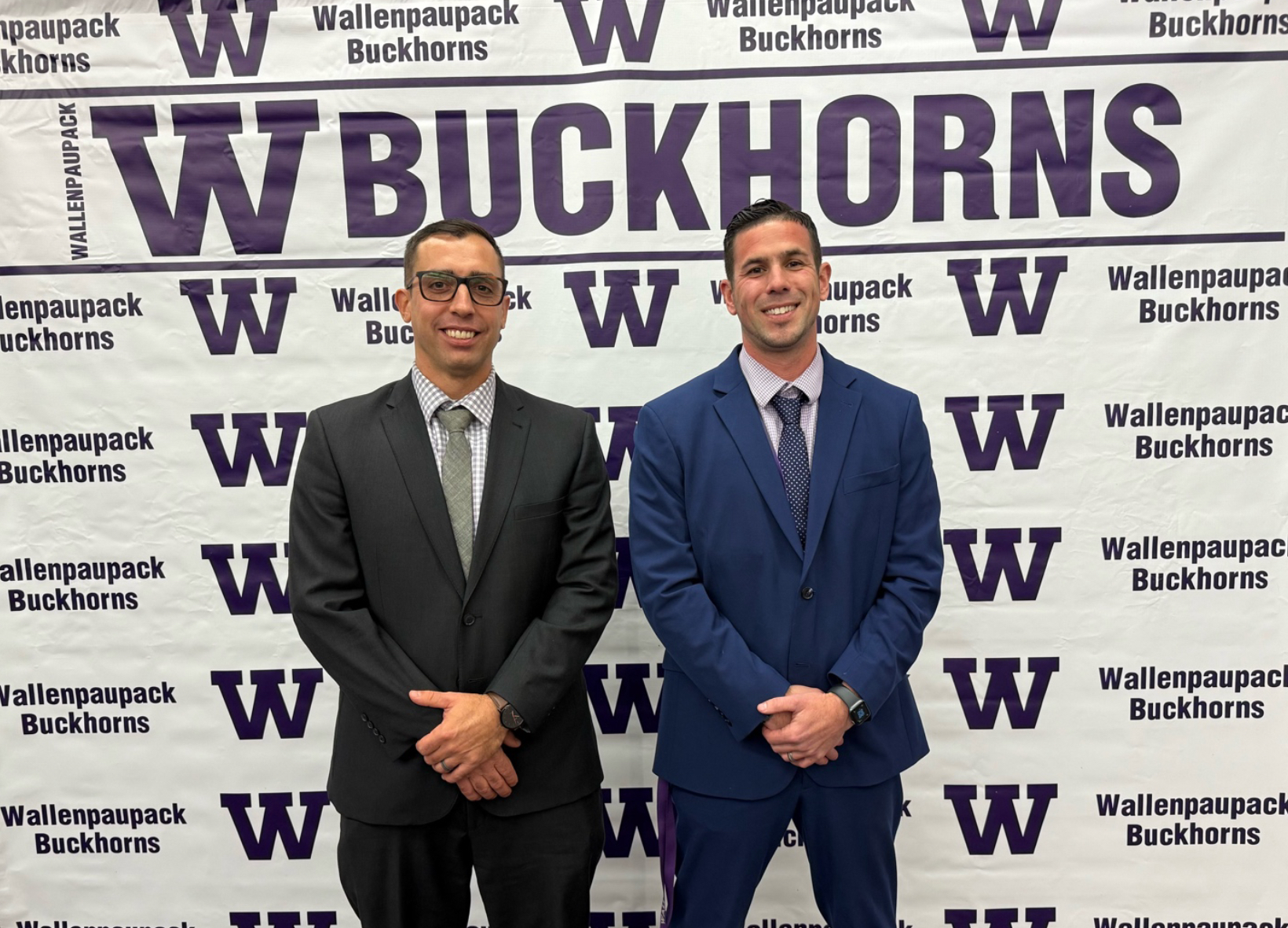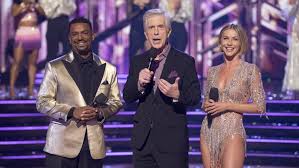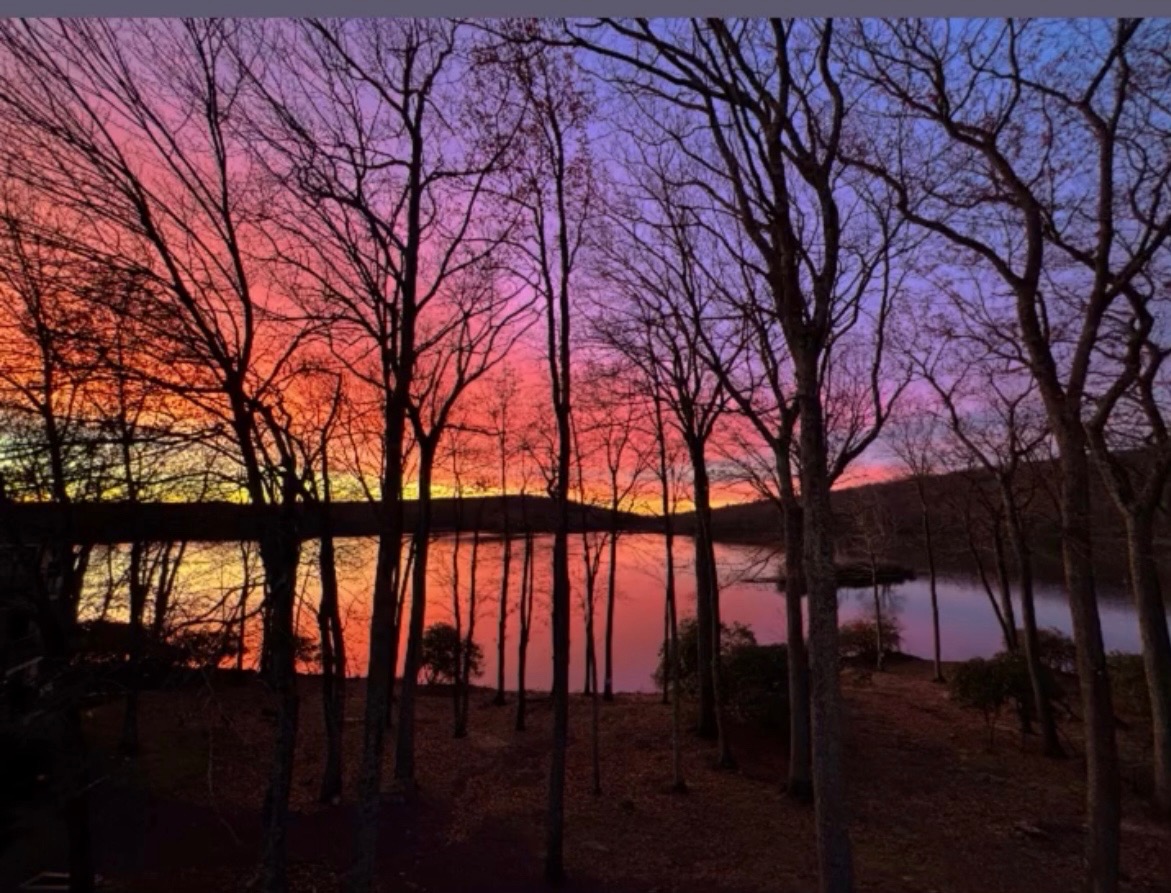By: Sadie Zagwoski
On Tuesday, May 7, students from Dr. Ferrara’s Global Human Rights class attended the 36th Annual Teen Symposium on the Holocaust at the Hilton Scranton & Conference Center. Nicholas Bajadek, Dominic Brasile, Lia Gulumoglu, Payton McCue, Casey McGrane, Daniel Montoya, Madison Rockle, and I, Sadie Zagwoski had the privilege of hearing the stories of those who lived during the Holocaust, both in person and by recording.
The morning began with a brief film explaining the FCAS’s (Foundation to Combat Antisemitism) “Stand Up to Jewish Hate” movement and what the blue square represents. In the video, the speaker explained that the blue square takes up 2.4% of the screen, which is the same percentage of Jewish people in the population of the United States. Despite this low percentage, Jewish people are on the receiving end of 55% of all hate crimes. The link to the FCAS’s website is attached to this article. There, you can request free blue square pins to show your support and read further to educate yourself on their cause. https://www.standuptojewishhate.org/
The program then showed another film which highlighted quotes from victims and emphasized their struggles. Then, the last film that the students watched was a recording of a speech delivered by WWII liberator Alan Moskin, who has since passed. Moskin spoke about his experience in the army and the prejudice he witnessed. He shared the heart-wrenching story of entering a concentration camp and the horrors which he found inside. Moskin’s video ended with him leaving a message of the importance of inclusivity and open-mindedness.
Then, the students entered break-out sessions and split into groups. Each group had a different speaker who shared their experiences, or the experiences of a loved one who has since passed. As a student who had the privilege of attending the symposium myself, I will share parts of the story I was able to listen to. Dorthea Szczesniak is the Holocaust survivor who spoke to my group. She also visited our very school building last year and spoke to the previous Global Human Rights class. I heard about her experience of losing each of her parents to Auschwitz and the very last time that she saw them. She lived through WWII by being taken in by a foster family. Her younger sister was taken in by a different foster family and survived the war as well. She shared a moving story of bravery and resilience, and truly left a mark on each heart in the room.
Lastly, the program ended with a speech delivered by Holocaust survivor Mark Schonwetter. He survived by his mother’s bravery and intelligence. His mother kept him and his younger sister moving with an initial fifteen mile walk to a village. Once at that village, they stayed wherever they would be allowed. She was intelligent enough to not go with somebody who quickly agreed to house them, as there was a reward for turning Jewish people into the authorities. The three of them spent three years living in the nearby forest during the warmer months. When the season shifted into winter, a farmer allowed them to stay in a hole in his pigsty, which was shallowly dug out then covered with wooden planks and hay. They lived under the pigsty for three months at a time.
As a student of the Global Human Rights class, I can safely state that this was a field trip unlike any other. Each story told was raw, saddening, and entirely inspirational at the same time. The Holocaust survivors we met are true examples of unspeakable bravery and merit, along with all other survivors who may be out there.

